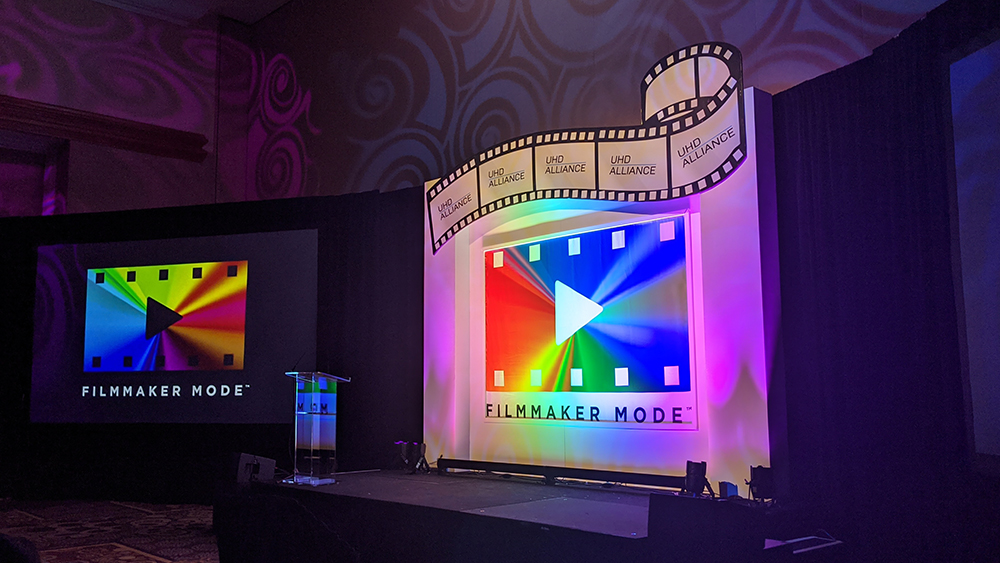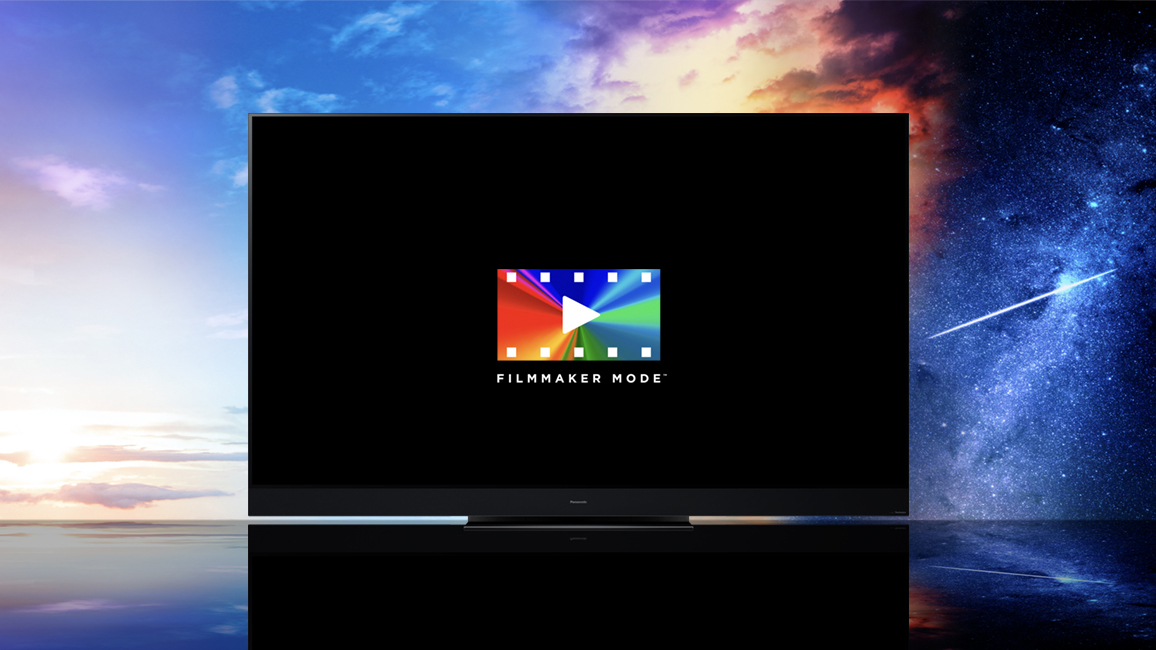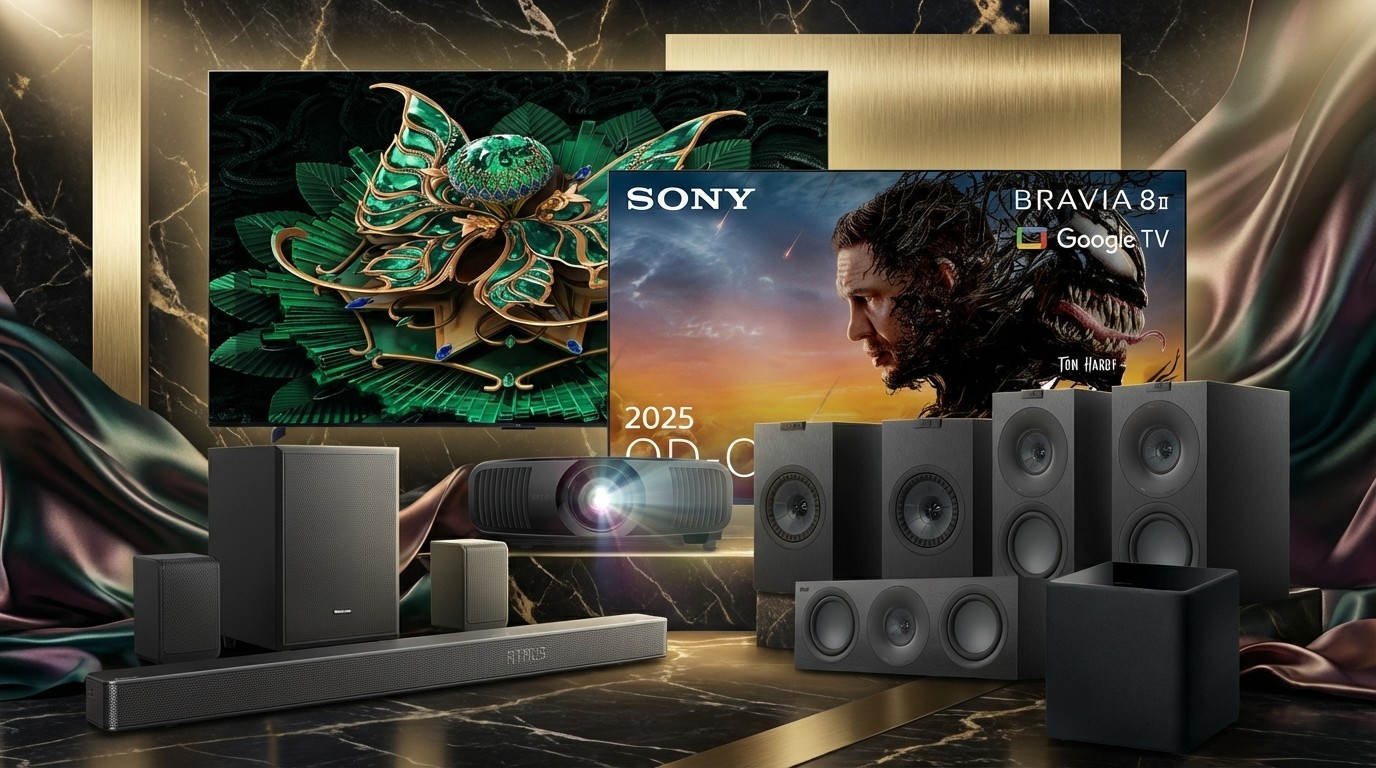Filmmaker Mode could be the best thing to happen to TV in 2020
Appealing promise, vast brand support and easy implementation

Anyone who's persistent enough to watch the entire credits of a film will know just how many people are involved in the creative filmmaking process. There's the cast and director(s) of course, and then a number of producers, cinematographers, editors, production designers, art directors... the list really does go on.
Everyone in that process contributes to the creative vision of the title. But what if TV manufacturers added their own stipulations of how content should look and in turn skewed that intended vision? As many people buy a TV and never stray from its out-of-the-box settings, they wouldn't be getting exactly the Batman experience Christopher Nolan intended.
That's a grumble many film industry folk have gone public about in recent years. You'll remember Tom Cruise's infamous rant against motion smoothing in 2018 – and similar dissatisfaction has been aired by directors including Rian Johnson, Edgar Wright and James Gunn. Just last month, Westworld actress Shannon Woodward pleaded for people to turn off motion smoothing.
Indeed, motion smoothing or the "soap opera effect" (and other TV enhancement modes) have become a hot topic in Hollywood – and consequently in the TV industry.

The fix? Filmmaker Mode
The solution, pledging to preserve the director's intended vision on your TV, is Filmmaker Mode. If you've been keeping even half an eye on the TV announcements coming out of CES 2020 this week, those two words should by now be quite familiar to you.
Filmmaker Mode is a picture mode for TVs that the UHD Alliance – an industry group comprising the likes of Dolby, LG, Netflix, Panasonic, Samsung and Warner Bros – has created in collaboration with filmmakers and Hollywood studios. Once activated, it promises to deliver the cinematic experience, as intended by the director.
This viewing mode will essentially override a TV's processing (such as motion smoothing and detail enhancement) and ensure that the correct aspect ratio, colour and frame rate, as determined by the creator(s), is preserved and presented to the viewer.
The latest hi-fi, home cinema and tech news, reviews, buying advice and deals, direct to your inbox.
The UHD Alliance reckons Filmmaker Mode is the only picture mode to have been approved by such a wide range of film industry bodies. It's received official endorsements from Directors Guild of America, The Film Foundation founded by Martin Scorsese, International Cinematographers Guild, and the American Society of Cinematographers.
Promising early signs
Naturally, emerging AV technologies often face obstacles that prevent their success, most commonly a lack of hardware or content support. The good news for Filmmaker Mode is that early adoption looks promising on both fronts.
LG, Panasonic, Philips, Samsung and Vizio have all announced that either some or all of their 2020 4K and 8K TVs will support the TV picture mode. With TV brands so often opting to back competing technologies, it's a breath of fresh air to see a new technology being adopted and implemented by so many major TV manufacturers from the off.
As for content, major UK film distributor Kaleidescape is already onboard, and the UHD Alliance has today said it's "actively engaged with multiple distribution platforms in the US and Europe", with additional announcements anticipated "early in 2020".
The rather appealing idea is that Filmmaker Mode will be largely homogenised across TV brands, too. For example, the implementation. It can either be activated automatically through the movie or TV show's embedded metadata, which is what LG is opting for, or activated manually by the owner through a single button on the remote. (Or of course both, as Vizio has chosen to do.) The name and settings will reportedly be consistent across supporting TVs, too, regardless of the brand.
You turn on your brand-new TV, select Filmmaker Mode in the settings or simply trust its automatic application, and there you have it: a film or TV episode is presented in its "ideal" form.
There is a potential problem: as Filmmaker Mode is similar to 'cinema' modes, which turn off vivid/dynamic brightness and texture boosts, it may not be beneficial for SDR content. On TVs that let owners manually activate and deactivate Filmmaker Mode, will people be happy selecting it for films and then returning to a TV's 'standard' for the 10 o'clock news? Perhaps not. It's something we'll have to see play out.
But theoretically Filmmaker Mode could well become an appealing go-to for film watching. If it lives up to its picture-perfecting promise, and the supporting content materialises, Filmmaker Mode could well prove to be the best thing to happen to TVs in a long time.
MORE:
CES 2020: news, highlights and best new products
The other big problem with 8K TVs (aside from the lack of content)

Becky is a hi-fi, AV and technology journalist, formerly the Managing Editor at What Hi-Fi? and Editor of Australian Hi-Fi and Audio Esoterica magazines. With over twelve years of journalism experience in the hi-fi industry, she has reviewed all manner of audio gear, from budget amplifiers to high-end speakers, and particularly specialises in headphones and head-fi devices.
In her spare time, Becky can often be found running, watching Liverpool FC and horror movies, and hunting for gluten-free cake.
